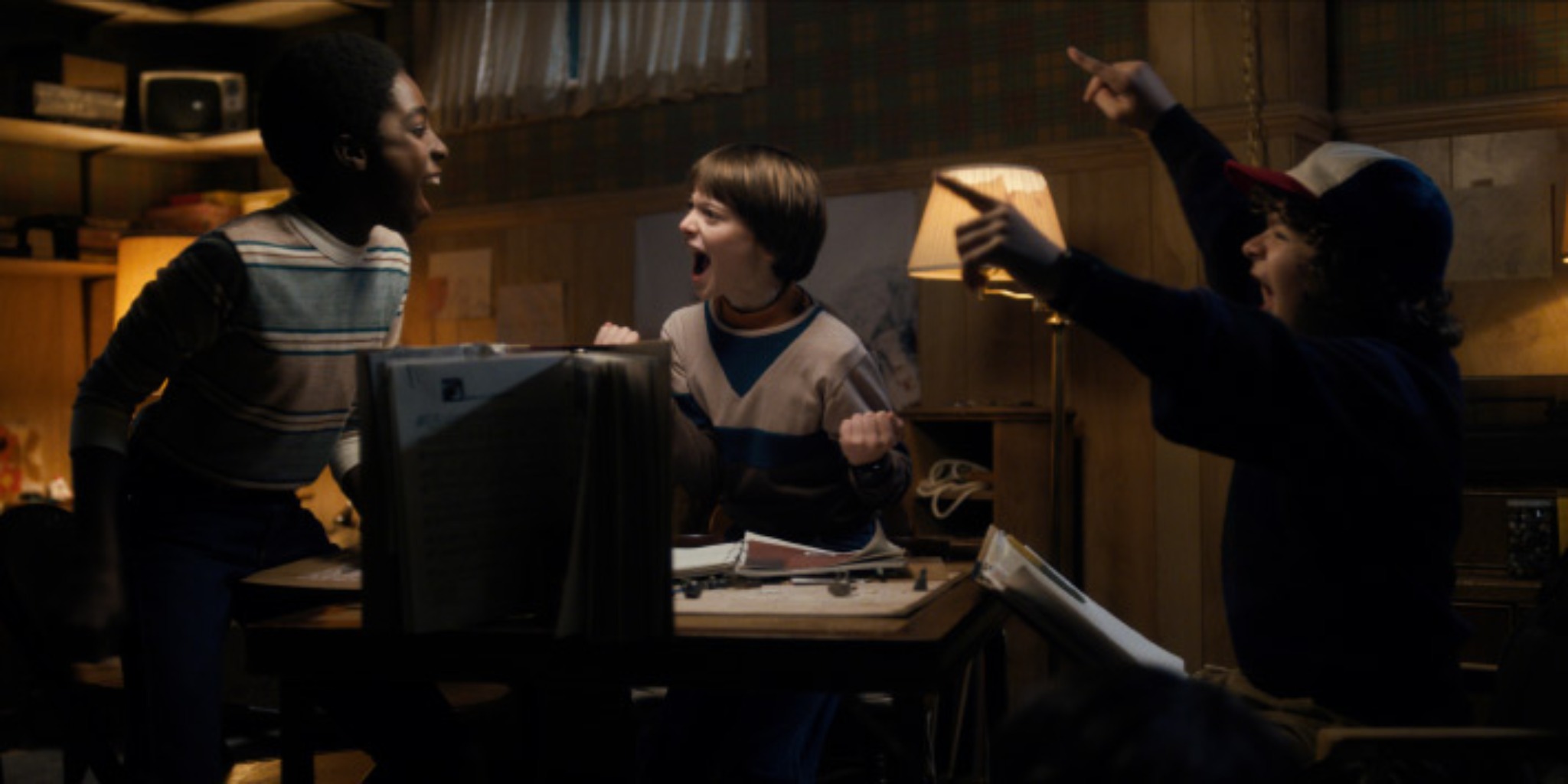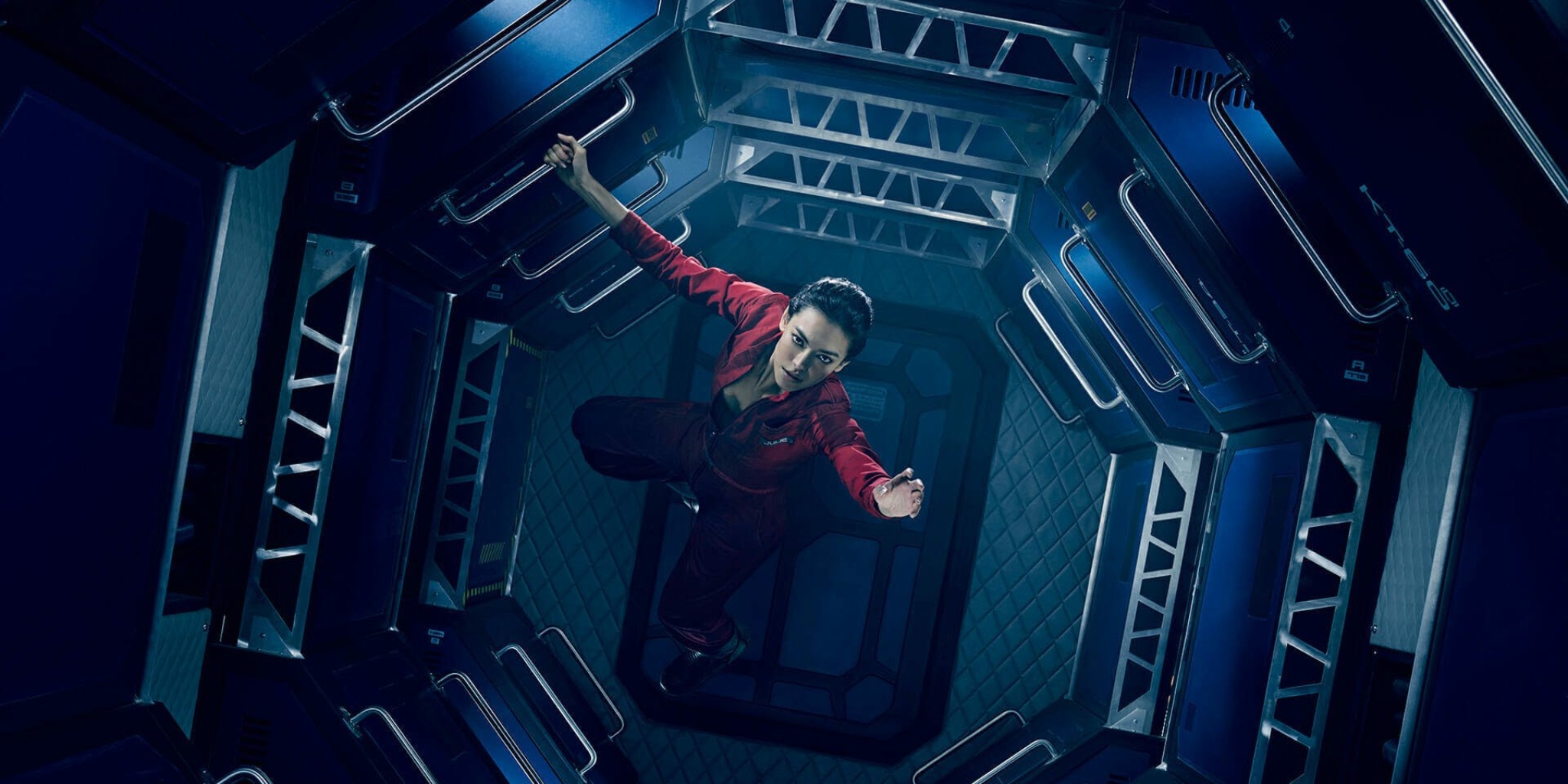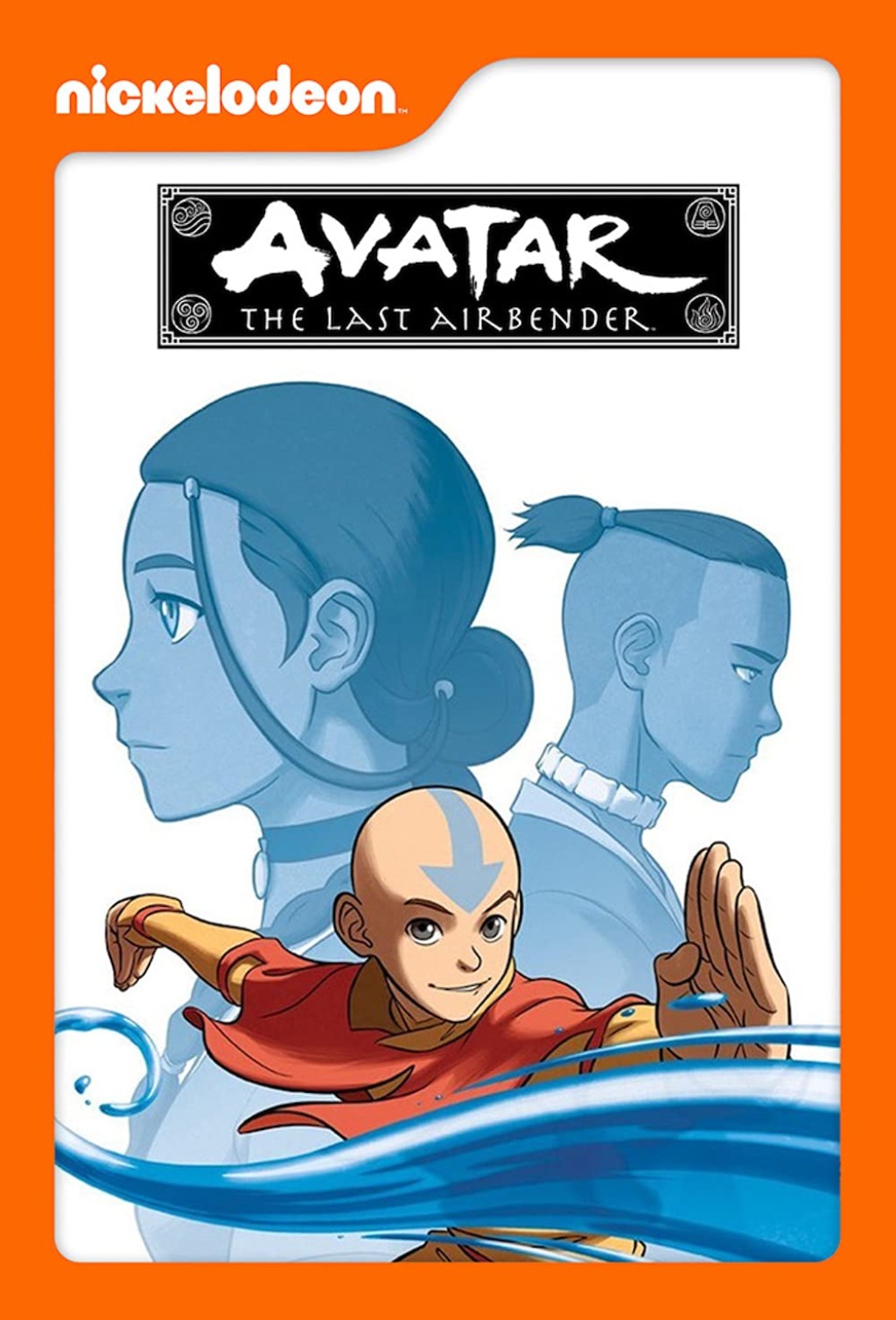Last week, in honor of our worldbuilding short fiction contest, I added a post to my extensive series of blog posts about TV shows and movies you can study to learn about storytelling. This post, however, focused specifically on the worldbuilding aspect of telling a good story. So, this week I thought we could look at the marvelous worldbuilding of a few excellent TV shows. As I did with my worldbuilding movies post, I will only be including TV shows that fall under the umbrella of speculative fiction.
In a lot of ways, the worldbuilding of a novel is more like that of a TV show than a movie. A movie only has one and a half to two hours to build its world, while a TV show often has multiple seasons in which it can add layer upon layer of complexity to its setting. You may wonder how much this form of worldbuilding will apply to the short story you write for our contest, but I’m going to focus on the beginning of the first episode of each of these shows to explore how much great worldbuilding these TV shows accomplish in only a short time.
Here are three TV shows that you can study to improve your worldbuilding.

Stranger Things
Where to watch it: Netflix
You would have to be living under a rock to not have heard of Stranger Things, Netflix’s wildly popular sci-fi horror series. The show deserves all the acclaim and adoration it gets with well-developed characters, an exciting pace, and thrillingly scary moments that will make your spine tingle. One of the most impressive aspects of Stranger Things is its world. It’s like Steven Spielberg and Stephen King had a love child with its wonderfully creepy Upside Down and 80s nostalgia.
The first episode begins with a night sky and text that tells us it’s November 6th, 1983, in Hawkins, Indiana. We see a mysterious building in the middle of the woods with several satellites on the roof. Text on the screen says that this is Hawkins National Laboratory, U.S. Department of Energy. Suddenly, we’re inside the building, moving down the hallway as the lights flicker unsettlingly. The camera zooms in on a door which a man in a white coat bursts out of and runs down the hallway. He frantically presses the button for the elevator, frequently looking behind him. He steps into the elevator and hears a low growl from above. Some unseen monster pulls him up and out of sight as he screams.

Next, we move to a house where boys Mike, Dustin, Lucas, and Will are playing Dungeons & Dragons. In the game, the boys square up against a monster called the Demogorgon. Mike’s mother calls the game to a close since it’s a school night. The boys search for a die that fell on the floor and find Mike rolled a seven but decide to keep it a secret from Mike (the Dungeon Master). Outside, Will confesses to Mike that he had rolled a seven, meaning the Demogorgon had gotten Will. The boys ride their bikes off into the night.
In just the first five minutes of the first episode, this show manages to set up so much of its world. The fact that the Hawkins National Laboratory is hidden away in the woods instantly makes one think that nefarious, secret experiments are being done there. The flickering lights in the laboratory’s hallway give everything an unsettling feel even before the fleeing scientist appears. The unseen monster who captures the scientist seems all the creepier because we don’t know what it looks like. Then the gang of friends in the next scene instantly brings to mind great films like Stand by Me. Their game and the way Will was captured by the Demogorgon do a great job foreshadowing the horrifying events to come. This show exemplifies how much you can pack into a small package like the first few minutes of a show, or a short story, when it comes to worldbuilding.

The Expanse
Where to watch it: Amazon Prime
The Expanse is a critically acclaimed sci-fi show based on a series of novels of the same name by James S.A. Corey (a pen name used by collaborators Daniel Abraham and Ty Franck). The series features some fantastic character development and tight pacing. The worldbuilding in this show is frankly astounding. The way the politics and distinct characteristics of the different parts of this world are drawn is extremely well done.
In the first episode of the show’s first season, onscreen text tells us that in the 23rd century, humans have colonized the Solar System. The U.N. controls Earth while Mars is an independent military power. The inner planets rely on the resources of the Asteroid Belt, and Belters live and work in space. In the Belt, air and water are more precious than gold. Tensions between Earth, Mars, and the Belt have been rising for decades and they are now on the brink of war. “All it will take is a single spark,” the last line of text reads. Like Blade Runner discussed in last week’s post, The Expanse begins with some short, concise text that communicates a great deal about its world.
Next, we see Julie Mao in zero gravity on an abandoned freighter who is trapped and desperate for water. She finally escapes the compartment and sees blood on the wall. She sees a spacesuit float past her. A panel on the wall reads “S.O.S. Engineering Bay”. She finds an area filled with strange lights, and a person covered in the light writhing. She screams.

Next, we move to Ceres Station, an impressive space station and the U.N. Protectorate in the Asteroid Belt. The voice of a Belter (with a Creole accent) says that Ceres was once covered in ice, enough water for 1,000 generations. Until Earth and Mars stripped it away for themselves. Ceres became the most vital port in the Asteroid Belt. But the immense wealth and resources that pass through their gates were never meant for Belters. The Belters do all the dirty work that keeps Ceres running. As we see the interior of Ceres, we eventually land on the Belter speaking to a crowd. He uses some foreign phrases, including “beltalowda”. He calls out Joe in the crowd, calling him “Badge” and “welwala”, which Joe explains to his partner means “traitor to my people”.
Like Stranger Things, The Expanse communicates a great deal about its world in just the first few minutes. The strange light Julie encounters in the first scene sets up a mystery viewers will be eager to unravel. The Belter speaking in front of the crowd both concisely offers helpful exposition about the Belt’s place in this society and shows that rebellion is brewing. We also get a sense of the unique Belter culture that has developed. It is incredibly impressive that between a bit of text and two short scenes, we already have a good idea of the fragile state of this society and the tensions between Earth, Mars, and the Belt.

Avatar: The Last Airbender
Where to watch it: Netflix
Avatar: The Last Airbender was popular when it first aired on Nickelodeon from 2005 to 2008 and found a whole new generation of adoring fans when landed on Netflix. You may think that you couldn’t learn much about worldbuilding from a children’s cartoon, but I truly believe that this is one of the greatest shows ever, of shows meant for adults or children, and animated or live-action. The characters are all so well-developed and they have multiple emotional interactions that will have you reaching for the tissues. The series is also perfectly paced—a complete, beautiful story in three seasons. Avatar: The Last Airbender features a fascinating and unique world as well, which it does a wonderful job of building.
The first episode begins with shots of Water, Earth, Fire, and Airbenders exhibiting their bending skills, using martial arts-like movements to manipulate their elements. Then Katara explains in voiceover that in the old days, the Avatar kept a balance between the Water Tribes, Earth Kingdom, Fire Nation, and Air Nomads. But that all changed when the Fire Nation attacked. Only the Avatar mastered all four elements. But when the world needed him most, he vanished. Now a hundred years have passed, and the Fire Nation is nearing victory in the war. Two years ago, Katara’s father and the men of her tribe journeyed to the Earth Kingdom to help fight against the Fire Nation, leaving Katara and her older brother to look after their tribe. Some believe the Avatar was never reborn into the Air Nomads and that the cycle is broken, but Katara hasn’t lost hope that somehow the Avatar will return and save the world.

Next, we see Katara and her brother, Sokka, dressed in blue coats with fur hoods in a boat in an Arctic sort of setting with plenty of water and ice. Sokka is attempting to fish with a spear while Katara uses her waterbending skills to pull a fish from the water. Sokka accidentally sends the fish hurtling back into the water and gets soaked in the process. He pokes fun at his sister for playing with “magic water” and says if he had weird powers, he’d keep his weirdness to himself. Suddenly their boat gets pulled by the current and they end up stranded on an iceberg. Sokka tries to blame Katara and she gets angry, accidentally using her waterbending to crack open a large piece of ice. When the ice splits apart, they see a blue light underwater and a bald boy with an arrow tattoo on his head and matching ones on his hands trapped in the ice. The boy opens his eyes and when Katara breaks him out of the ice, a beam of blue light surges into the sky.
This is another show that uses a short bit of concise exposition in the beginning to build its world. In less than a minute, Katara educates the viewer on who the different nations are, that the Fire Nation is now at war with the other nations, and that the Fire Nation has nearly won that war. The coats she and Sokka wear in the first scene give the viewer a sense of how people in her tribe dress and shows us that the Water Tribes live somewhere cold with lots of water around. This show does a great job getting to the point—Katara and Sokka awaken the Avatar in just the first few minutes. His bald head and tattoos show the different aesthetic of the Air Nomads. Starting the story with a bang like this makes the viewer eager to learn more about this inventive world.
Hopefully, these shows will help to inspire you as you build your world for your entry in our worldbuilding contest. Good news, the deadline has been extended to August 19, 2022, 11:59 PM EST! So you’ll have plenty of time to kick back with a show or two and take in some worldbuilding lessons.
Follow us on Facebook | Instagram | Twitter | Discord